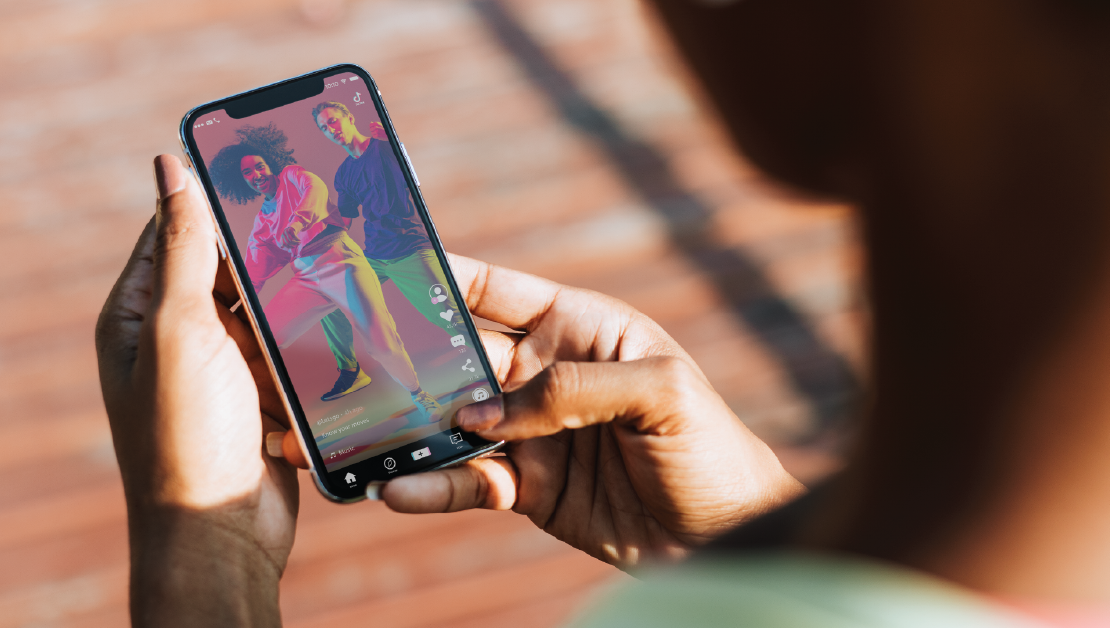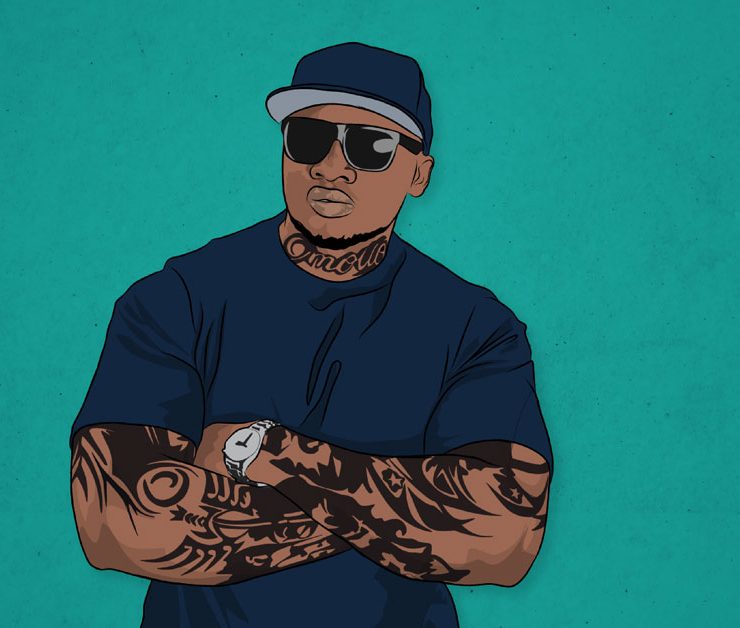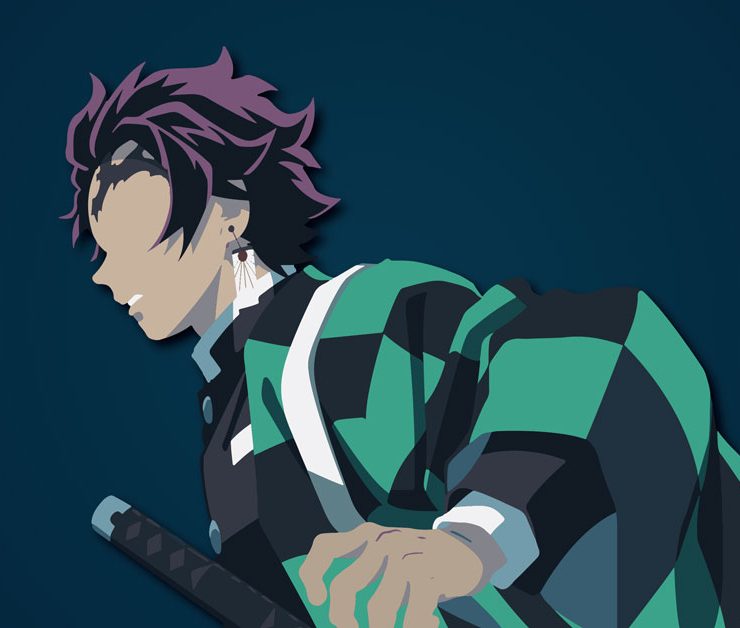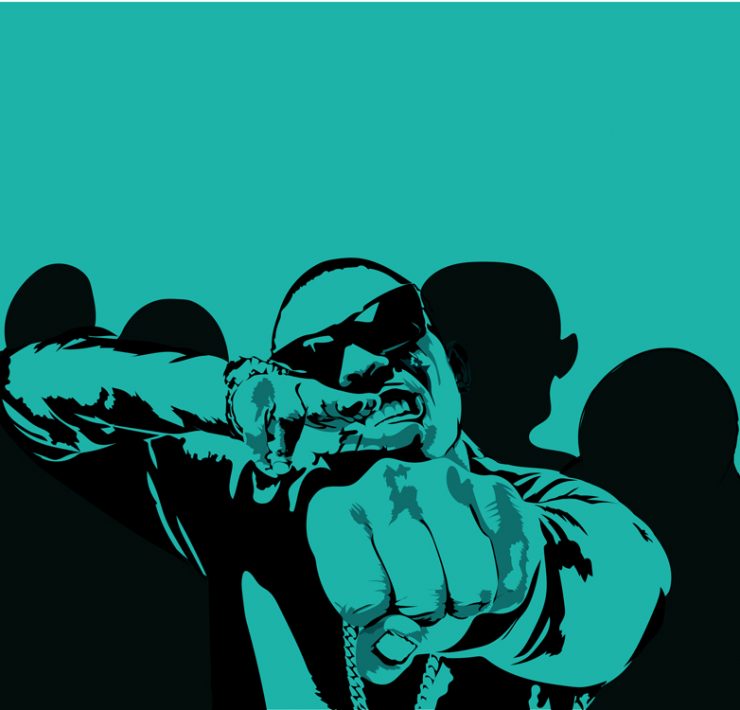Everyone and their grandmother are now on TikTok. If you doubt it, the web security and performance company Cloudflare has data to back it up. According to the stats, in 2021, TikTok surpassed Google, becoming the most popular website globally with more than one billion active users worldwide and counting. And I can imagine why the numbers are going through the roof. The newly ascendant short-video app is an escape from reality, compressing the world into delightful bite-size content underscored by hip music.
You get on Tiktok for a minute, and by the time you look up from your phone, three days have gone by. I am willing to place a wager that it is only a matter of time before TikTok ‘verbs-up’, becoming synonymous with any short, quirky videos on the internet. Google, TikTok’s erstwhile competitor on the popularity front is the only other internet-related brand to achieve such verbal notoriety, going as far as being added to the Oxford dictionary as a verb. ‘To google’ – a transitive verb meaning to search for information online. Tiktok now has more than one billion active users worldwide, and that number continues to grow.
And naturally, where many are gathered there’s bound to be falsehoods and other potential crowd-related ills.
Take the case of Brian, a 20-year-old university student in Nairobi who enjoys Tiktok as much as any other youngin his age. What makes Brian of a special breed is that he does not make TikTok videos, like many of us on the app, he is a wallflower: glued there except when he isn’t.
When I met Brian, it was in the waiting bay of a hospital hallway over the December holidays. Like most, I was exhibiting the now ubiquitous flu-like symptoms. It was ‘homa mbaya‘ season, with Omicron making its debut in the global Covid-variant’s hall of fame. And in this age of COVID, you do not leave anything to chance. I was in for a check-up, and so was Brian.
As Brian and I compared notes on our newfound predicament, the conversation evolved into the vaxxers and anti-vaxxers debate. I asked if he was vaccinated. He wasn’t. With curiosity (journalist hat on, ha!) getting the better of me, I had to get the reason why, careful not to come off as antagonistic. Brian indulged my wonder.
Tiktoks. That’s the reason why.
Brian had chanced upon the kind of TikTok videos alleging that COVID vaccines were unsafe. A few videos that stood out, and have been around for as long as vaccines have been, included those claiming vaccines cause death and impotence. The most bizarre of them was that vaccines could magnetize the human body. Shortly before I was summoned to the triage, Brian made a go at TikTok to show me a video of a lady having a coin placed on her arm, supposedly illustrating the magnetic field produced by the vaccine at the site of injection.
I couldn’t believe anyone believed such, but here we were.
You Name It, It’s On TikTok
History, science, finance, cooking, psychology. If you can think of it, there’s probably a TikTok about it, all delivered in seamless transitions. While the pithy viral clips are spreading awareness on all matters of society and building community, there is great potential to perpetuate untruths.
As a regular on the TikTok streets, videos such as the one shared by Brian were not a revelation. I had encountered them many times. The difference between Brian and I was the ability to discern untruths and verify the information where needed. But many young people may not know how to filter out the misinformation neatly strung into filmic montages. TikTok, which was originally known for lip-syncing videos, is now a mixed bag of the comical, the serious, the chill, and if not tamed, the false. A danger for many, especially the younger Gen-Z who have cannibalised the app.
The Superior Algorithm
TikTok, which is owned by the Chinese company Bytedance, focuses on content that draws eyeballs and is designed to be highly nuanced and accurate for each user. TikTok’s feed curates content algorithmically, observing users’ behavioural patterns and preferences automatically, thereafter making the algorithm better at serving up content that matches users interests. What TikTok likes to call passive personalization, is really a ‘For you feed’ as they describe it.
This means if the algorithm identifies a user frequently engaging with content around funny cat clips, from there on it is cats on cats on cats and more cats. This happens with every other kind of content on the platform. If you happen to hover on a video for a couple of seconds or replayed the video, your new hypnotic paradise awaits. ByteDance has clearly invested heavily in artificial intelligence to create the perfect TikTok experience.
Getting Them Hooked Early
When you watch a video on TikTok, you can tap a button on the screen to respond with your own video, scored to the same soundtrack. Of Course Gen-Z owns the game, TikTok comes naturally to the kids who have been on the internet since they could muster their first words’ Simu yako iko na game‘. But the suite of editing tools, including a timer, makes it easy to film yourself even if you were born long before the age of technology. Moreover, for creators, barriers to entry are low, and they can gain followers more quickly than on any other platform. You are halfway to stardom if you can bust a move or lip-sync. Odds are better if you can contort your body and face to comical poses; a Khaby Lame, I like to call it.
Save the Children
In September 2021, NewsGuard, an organisation that monitors online misinformation, published findings that revealed that children as young as nine years old could not only access TikTok (even though the age limit is 13 years) but had access to content on COVID-19 that was misleading and harmful.
NewsGuard’s analysis of screen recordings taken by participants found that in the first 35 minutes of logging into the app, all but one of the participants were fed content on COVID-19 and COVID vaccines, all of which was laden with misinformation. Far alarming was the fact that all the accounts used by participants were set up during the study, and the algorithm had not yet gauged the user interactions.
The Fact Checking Headache
As Tiktok begins to eclipse other established social media platforms in popularity, the social media landscape is giving in to the masses’ demands. It is now increasingly prioritising audio, video, and images over text. While this is perfect for etching the creative edge in business, it is a whole other headache for misinformation.
Audio-visual content remains one of the most challenging formats to fact-check. With audio-visual content, context is key, and fact-checking relies heavily on the human eye to effectively comb out any mis/disinformation. This means hours of analysing language, nonverbal cues, captions and so much more. Despite launching a fact-checking program in 2020 in partnership with independent fact-checking organisations , TikTok, much like other social media platforms that allow audio-visual content, continues to suffer the burden of misinformation.
Before TikTok outranked Google as the most searched website, it had overtaken YouTube in average watch time. With users spending a lot more time on the app, there is the possibility that many are not using alternative apps search like Google search to verify information acquired.
Enter Self Diagnosis
Additionally, the app is fostering risky trends, especially self-diagnosis. It is not uncommon to read how TikTok helped young people diagnose mental health problems. The most vibrant TikTok subculture is the ADHD (Attention Deficit Hyperactivity Disorder) community. #ADHD videos on TikTok have received over 2 billion views. Coincidentally, queries of “ADHD medication” on google have also increased.
A study looking into teens’ motivation to spread information on WhatsApp found that young people are more likely to share content that piques their interests regardless of its truthfulness. TikTok’s bite-sized videos that can easily be downloaded make sharing easier across platforms. The short duration of the videos, entertaining and catchy as they are, do not give room for nuances: only headline-grabbing information makes the cut.
Our Collective Susceptibility
As a trained fact-checker, I often consume information on the app with a pinch of salt, but I would be lying if I said I haven’t found myself swayed by a video or two. I am primarily on TikTok for sheer fun and the good vibe, but it’s scary to think that a teenager on the app for similar reasons may chance upon misinformation often without meaning to. In the first quarter of 2021, TikTok had removed more than 30,000 videos containing COVID-19 misinformation, but this has not stopped the influx of similar content, in the second quarter of 2021 TikTok removed more than 27,000 videos. COVID-19 comes up repeatedly, and it has been easier to curb misinformation due to the pandemic and the concerted efforts from many stakeholders. But this leaves one to wonder how far and wide the cancer of misinformation has spread across topics that are not at the heart of the world’s discussion.
Even with artificial intelligence and numerous policies in place, the onus of flagging harmful content is left on the user. On Facebook for instance, despite Facebook’s preference for fact-checkers to address false and misleading posts, sometimes it preemptively takes action against content that may be inaccurate. Twitter has gone as far as suspending users from the platform. This of course is not to demonize TikTok. It is not like there was a shortage of misinformation long before TikTok gained popularity, but the platform has a long way to go when it comes to fighting misinformation.
Misinformation will not stop with TikTok, but TikTok is now the new vortex of misinformation left to the discernment of the naïve, and given the app’s intelligent algorithm, engaging with false content begets more false content. Tiktok’s ironic sensibility is the perfect substitute for everything going wrong with the world since the onset of the pandemic, but we cannot afford to ignore the menace it could possibly become.







